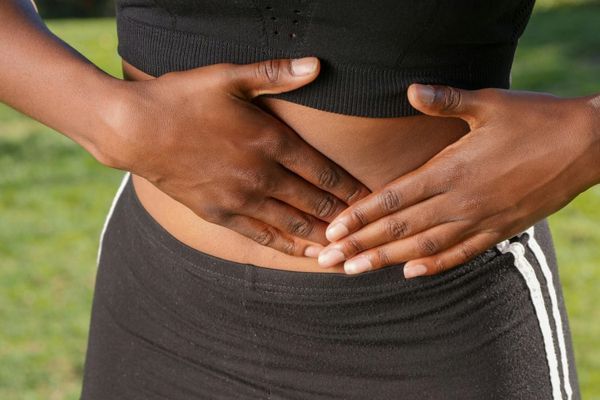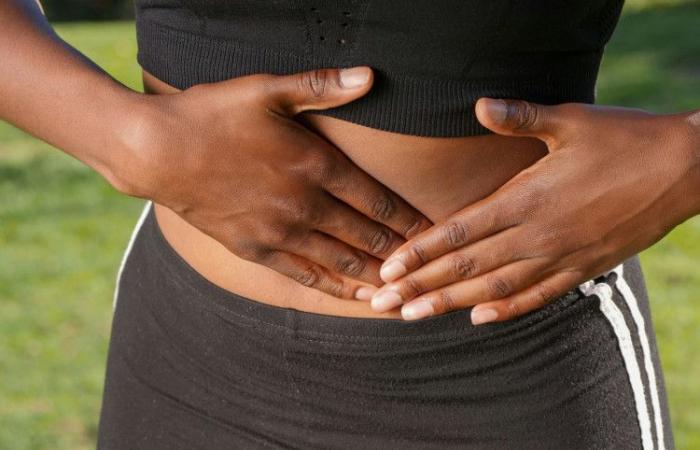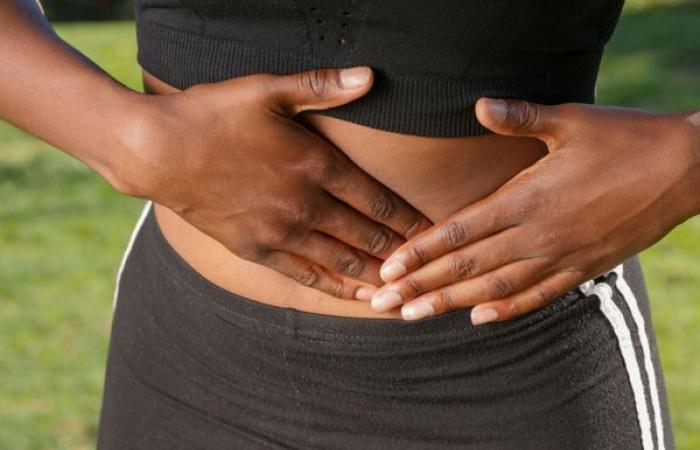HEALTH
Fibroids in the uterus: understand types, symptoms and forms of treatment
Symptoms caused by nodules compromise physical and psychological health, disrupting daily activities. Learn more about uterine fibroids
Published on April 27, 2024 at 08:01

Many fibroids are asymptomatic, however, when they do present, the symptoms can be intense and very harmful. Credit: Pexels
Half of the female population of childbearing age has fibroids in the uterus, according to estimates. While around 80% have no symptoms, the 20% who experience heavy and frequent bleeding, cramps, abdominal enlargement and/or discomfort during sexual intercourse can have a significant impact on their quality of life and physical and mental health. This is what a recent review of scientific articles carried out in the United States and published earlier this year in the journal Fertility and Sterility pointed out.
Another American study, published in the scientific journal Obstetrics & Gynecology, went even further and revealed that women who underwent a hysterectomy (the surgical removal of the uterus due to symptoms related to fibroids) presented, before the operation, a compromise in their quality of life. longer lives than those who had been diagnosed with chronic lung disease, arthritis, hypertension or heart disease.
The explanation for this impact on daily life involves physical issues, which vary depending on the size, quantity and location of the fibroids.
When it is submucosal, that is, it is located in the inner layer of the uterus, where the endometrium is located, for example, the nodule usually leads to increased menstrual flow or even heavy bleeding outside the menstrual cycle, which often triggers anemia.
Very large fibroids can cause abdominal swelling and heaviness in the region. “Furthermore, they can generate metabolic changes in the body and, depending on where they are installed, cause urinary or intestinal compression, disturbing or compromising the moment when she has to urinate or evacuate and causing a lot of discomfort”, explains gynecologist and obstetrician Mauricio Abrão, professor of gynecology at the Faculty of Medicine of the University of São Paulo (USP).
According to experts consulted by Agência Einstein, the emotional aspect of these patients also ends up being shaken. “Many are anxious when leaving the house, afraid of staining their clothes because of blood or having a colic attack, for example. Our society, unfortunately, does not fully understand this type of female problem”, says gynecologist and obstetrician Eduardo Zlotnik, vice-president of the board of Hospital Israelita Albert Einstein.
Even with the difficulty of living with these inconveniences, women feel obliged to fulfill all their daily responsibilities, without letting their productivity drop. As the symptoms are often too intense, doctors explain that many patients feel anxious and guilty for not being able to handle everything. These factors can end up damaging family, social and professional relationships, increasing the snowball even further.
Fibroids: the importance of adequate treatment
As most fibroids are asymptomatic, they are only discovered during routine exams recommended by the gynecologist. If they are small and not causing problems, the specialist will monitor the condition to see if there are any important changes.
Even so, it is essential that a doctor is consulted in the event of any strange symptom. If it is necessary to treat the problem, there are several options available in Medicine.
If the bleeding is not very important, hormones can be used, such as those present in contraceptive pills; medicines that improve blood clotting; and anti-inflammatories that reduce colic and bleeding.
Another group of medications that helps block the production of hormones, reducing symptoms. “But they cannot be used long-term because they cause side effects, such as decreasing bone resistance. Therefore, they can be used in specific situations, such as when a woman is going to undergo surgery to treat fibroids, but has very severe anemia, which requires that bleeding be controlled before the procedure”, says Zlotnik.
If the medications are not working, radiofrequency can be used to bring about monitored heating of the fibroids that triggers their destruction. Another option is uterine artery embolization, a minimally invasive method, which blocks the arteries that nourish the nodule, causing its death.
In some cases, surgery is necessary. It can be performed through the vagina or with the help of laparoscopy and robotic surgery, used on the abdomen or both together, depending on the case.
“It may only aim to remove the fibroids or the entire uterus. In the latter case, as it is more radical, it is necessary to assess the patient’s age, whether she has already had children and whether she is close to menopause, among other factors”, explains Abrão. (With Thais Szegö, from Agência Einstein)
Tags: Correio newspaper Fibroids uterus understand types symptoms forms treatment
--







